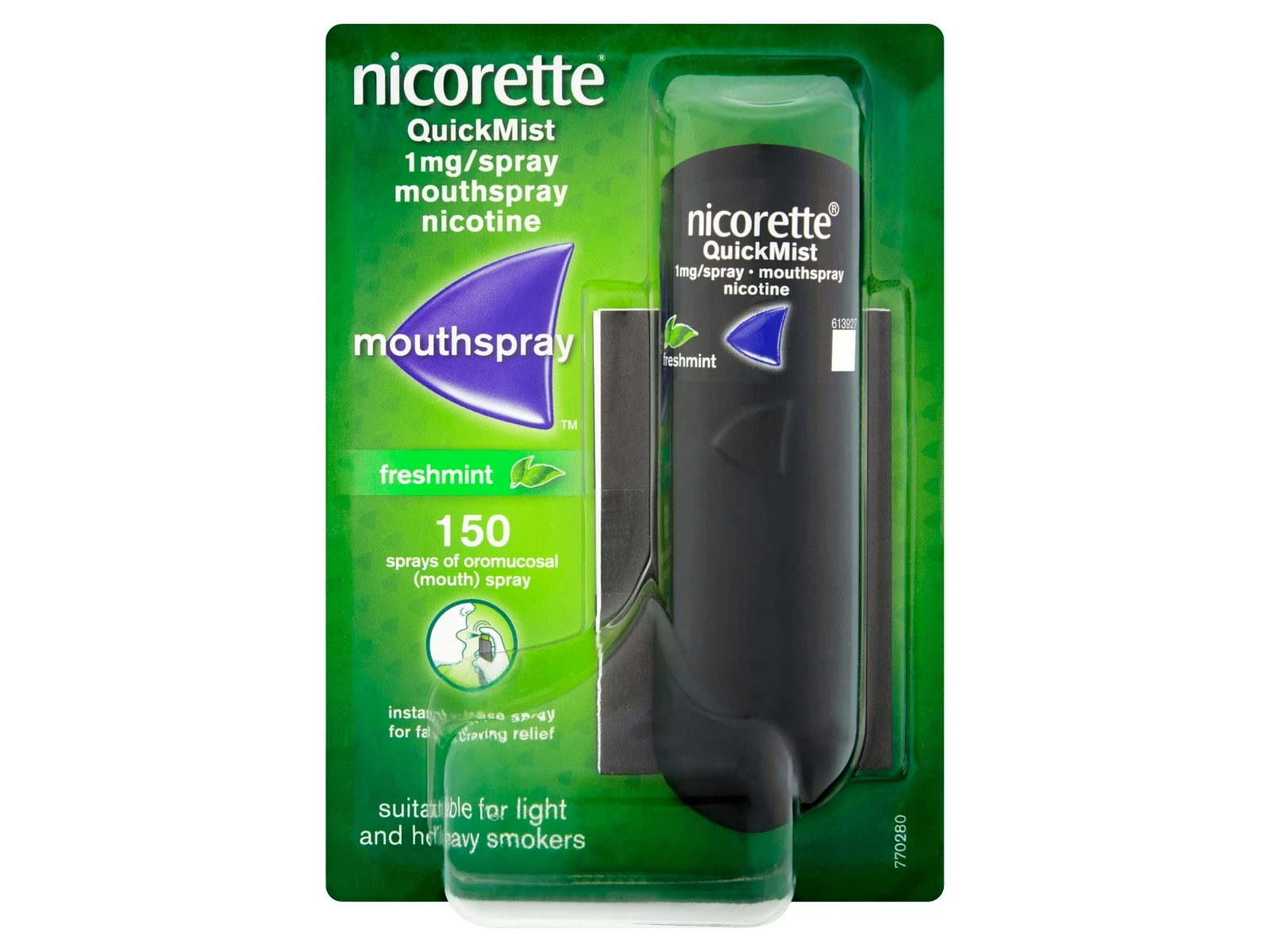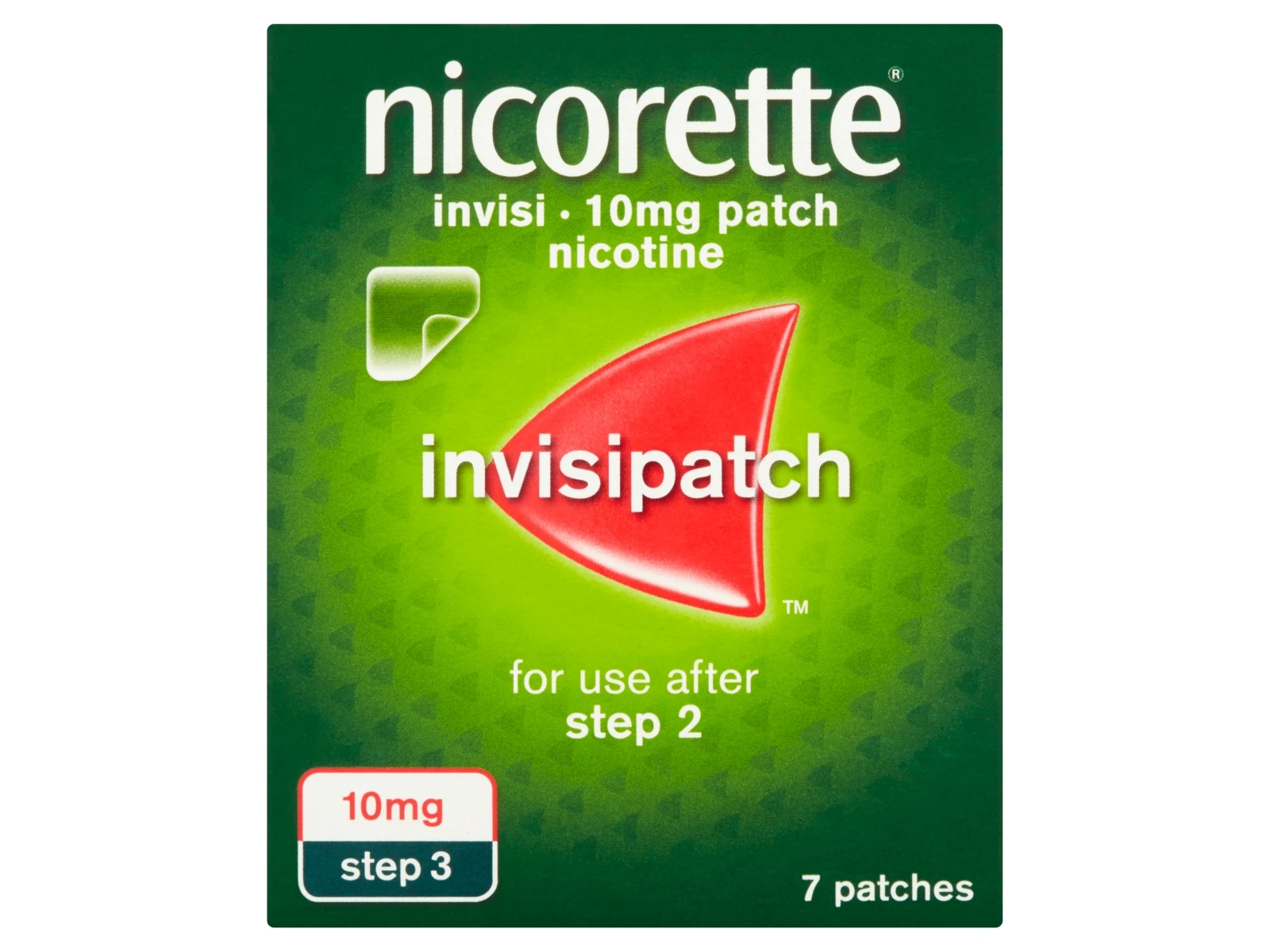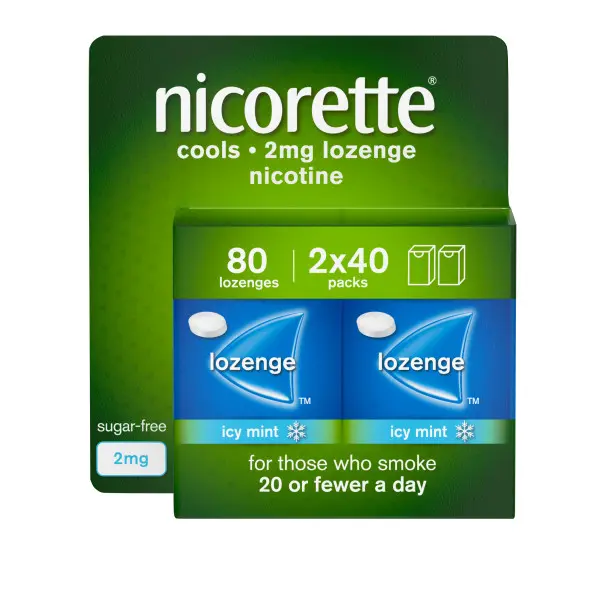Smoking and diabetes

Did you know?
In people with diabetes:
The risk for poor glycaemic control is higher for smokers than non-smokers in type 1 diabetes1
Smoking is associated with 1.8x increased risk of developing diabetic kidney disease2
Smokers have on average 15 to 20% greater insulin requirements than non-smokers, and this percentage may
increase up to 30% in patients who smoke a large number of cigarettes3
You can help your patients with diabetes by asking whether they smoke
At least 25 million cases of type 2 diabetes worldwide are estimated to be directly
attributable to cigarette smoking alone:4
Smoking is the third leading risk factor for type 2 diabetes burden worldwide, with 9.9% of the type 2 diabetes
burden attributable to smoking5Smokers are 30 to 40% more likely to develop type 2 diabetes than non-smokers6
Risks for your patients with diabetes
Smokers are at greater risk of complications from diabetes than non-smokers7
Cardiovascular disease (44% increased risk)8,9
Diabetic kidney disease (44% increased risk)8,2
Nerve damage8,10
Diabetic retinopathy11,12
Smoking causes vasoconstriction and reduced capillary blood flow resulting in impaired wound healing in diabetic foot ulcers, which can lead to amputation13
Smoking also negatively influences the function of the gastrointestinal tract, such as suppressing bile acids,
which is very important in the regulation of glucose metabolism14In a cross-sectional study of adults with Type 1 diabetes, smoking was found to be associated with a three-fold
increased risk of inadequate glycemic control as defined by glycosylated hemoglobin (HbA1c) above 70.5 mmol/
mol (8.6%)1
Inform your patient with diabetes about the ways smoking affects their health
How quitting smoking can benefit patients with diabetes
Smoking cessation is positively associated with a lower risk of:
Cardiovascular disease (reduction from 44% increased risk to 9%)15,9
Diabetic kidney disease (reduction in risk to that similar of a non-smoker)15,16
Diabetic neuropathy15
Diabetic retinopathy15,11,12
Insulin can start to become more effective at lowering blood sugar levels, just eight weeks after a smoker quits17
Monitor the glycaemic levels of your patients who are quitting smoking and support them in adjusting their insulin intake, as needed
Your vital role, as HCP in helping your patients to stop smoking
You have a vital role in motivating and guiding individuals with Type 2 diabetes in their journey to quit tobacco8

of patients would appreciate their HCP raising the topic of smoking cessation18

Even less than 3 minutes of discussion with HCPs can increase smoking cessation and abstinence rates by 40%19

3-5x increased chance of quitting with stop-smoking aids, like NRT and behavioural support 20,21
Nicorette® NRT solution to support your patients in stopping smoking for good
Nicotine Replacement Therapy (NRT) has been specifically developed to aid patients to quit smoking
NRT provides the body with therapeutic doses of nicotine through a safer, alternative method than smoking, to manage nicotine withdrawal and to reduce the urge to smoke (cravings)22
NRT dosing regimen provides a tapering down pharmaceutical grade, lower dosage nicotine intake22,23. As the dose is tapered down, typically over12 week period24, the brain downregulates the number of nicotine receptors which reduces cravings25 and increases the chances of successful, complete nicotine cessation26.
Nicorette® is clinically proven to reduce nicotine dependency, by helping to fight withdrawal symptoms and smoking cravings27
Click here for product information.
References
Jensen MH, et al. J Diabetes Sci Technol. 2021 Jul;15(4):827-32.
Jiang N, et al. Oncotarget. 2017 Oct 4;8(54):93209-18.
Kimelski R. Wiad Lek. 1986 Jan 1;39(1):31-4. Polish. PMID: 3521099.
Driva S, et al. Int J Environ Res Public Health. 2022 Oct 14;19(20):13222.
Bai J, et al. Front Endocrinol (Lausanne). 2022 Jul 22;13:905367.
Centers for Disease Control and Prevention. Smoking and Diabetes. Tips from former smokers. Available at: https://www.cdc.gov/tobacco/campaign/tips/diseases/diabetes.html#:~:text=No%20matter%20what%20type%20of,health%20problems%20from%20diabetes%2C%20including%3A. Last accessed: April 2024.
Action on Smoking and Health (ASH). Smoking and diabetes. 2021. Available at: https://ash.org.uk/resources/view/smoking-and-diabetes. Last accessed: April 2024.
WHO: Quitting smoking cuts your risk of developing type 2 diabetes by 30–40%. Available at: https://www.who.int/news/item/14-11-2023-quitting-smoking-cuts-your-risk-of-developing-type-2-diabetes-by-3040#:~:text=Quitting%20smoking%20not%20only%20reduces,can%20cause %20type%202%20diabetes. Last accessed: April 2024.
Pan A, et al. Circulation. 2015 Nov 10;132(19):1795-804.
Clair C, et al. J Gen Intern Med. 2015 Aug;30(8):1193-203.
Hammes HP, Kerner W, Hofer S, Kordonouri O, Raile K, Holl RW. Diabetic retinopathy in type 1 diabetes-a contemporary analysis of 8,784 patients. Diabetologia. 2011 Aug;54(8):1977-1984.
Zhong ZL, Han M, Chen S. Risk factors associated with retinal neovascularization of diabetic retinopathy in type 2 diabetes mellitus. International Journal of Ophthalmology. 2011;4(2):182-185.
Xia N, et al. J Diabetes Investig. 2019 Mar;10(2):202-15.
Yuan S, Larsson SC. Sci Rep. 2019 Dec 18;9(1):19342.
Geng T, et al. PLoS Med. 2023 Jan 10;20(1):e1004135.
Feodoroff M, et al. Acta Diabetol. 2016 Aug;53(4):525-33.
Centers for Disease Control and Prevention. Smoking and Diabetes. HCP fact sheet. 2023.
Slama KJ, et al. Family Practice 1989;6(3):203-209.
Fiore MC, et al. 2008 PHS Guideline. Treating tobacco use and dependence: 2008 update.
West R & Papadakis S. (2019). Stop smoking services: increased chances of quitting. London; National Centre for Smoking Cessation and Training.
Sutherland G. Heart 2003; 89(suppl II): ii25–ii27.
Sandhu A, Hosseini SA, Saadabadi A. Nicotine Replacement Therapy. [Updated 2023 Nov 12]. In: StatPearls[Internet]. Treasure Island (FL): StatPearls Publishing; 2024 Jan,
European Pharmacopoeia (Ph. Eur.) 11th edition. Strasbourg, France: EDQM Council of Europe. Nicotine 1452
(01/2009:1452) respectively Nicotine Resinate (01/2015:1792).Sweeney CT, et al. CNS Drugs. 2001;15(6):453–67.
Benowitz NL. Clin Pharmacol Ther. 2008;83(4):531–541.
Molyneux A. BMJ. 2004;328(7437):454–456.
Nicorette®. Summary of Product Characteristics.
Nicorette® Invisi 25mg Patch. Summary of Product Characteristics.
Nicorette® QuickMist 1mg/spray mouthspray. Summary of Product Characteristics.
Nicorette® 4 mg Gum. Summary of Product Characteristics.
Nicorette® 4mg lozenge. Summary of Product Characteristics.
Nicorette® 15mg Inhalator. Summary of Product Characteristics.
Nicorette® 10mg/ml Nasal Spray. Summary of Product Characteristics.
Nicorette® 2mg Microtab. Summary of Product Characteristics.
Adverse events should be reported. Reporting forms and information can be found at https://yellowcard.mhra.gov.uk/
Adverse events should also be reported to McNeil Products Limited on freephone 00800 555 22000.
UK-NIC-2025-241046 | October 2025



